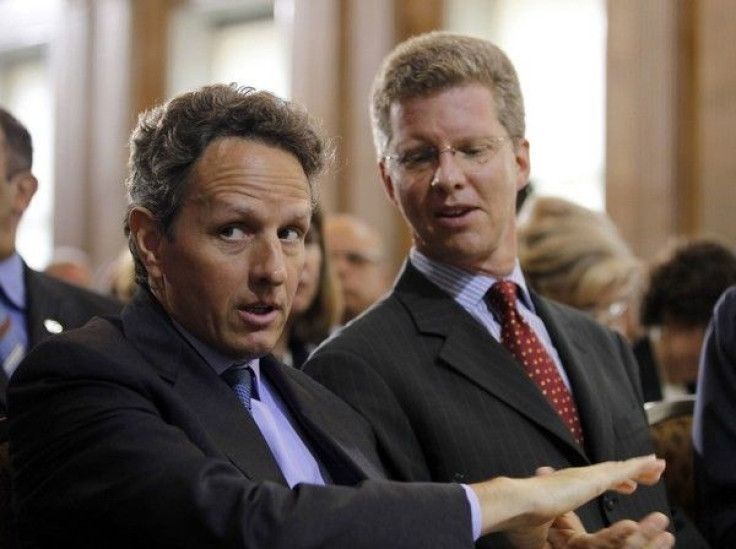U.S. Readies Stronger Lifelines for Homeowners Under Water

Homeowners who owe more than their houses are worth will get new help to refinance in a government plan to be unveiled as early as Monday to support the battered housing sector, sources familiar with the effort said.
The Obama administration has been working with the regulator for Fannie Mae and Freddie Mac to find ways to make it easier for borrowers to switch to cheaper loans even if they have little to no equity in their homes.
The regulator, the Federal Housing Finance Agency (FHFA), intends to loosen the terms of the two-year-old Home Affordable Refinance Program (HARP), which helps borrowers who have been making mortgage payments on time but have not been able to refinance as their home values have dropped.
Officials have been frustrated that attempts to bolster housing -- the epicenter of the deepest U.S. recession since the Great Depression -- have borne little fruit. Some top Federal Reserve officials want the central bank to consider buying more mortgage-backed securities as a way to help.
Although housing prices have stabilized recently, they remain almost one-third below the peak reached in 2006.
HARP has been criticized by both Democratic and Republican lawmakers as ineffective in reducing foreclosures, and the changes under consideration are unlikely to be a panacea.
After meeting with the head of FHFA earlier this month, one lawmaker said an expanded program could help as many as 600,000 to 1 million troubled borrowers avoid foreclosure.
But that is only a fraction of the estimated 11 million homeowners who are underwater, meaning they owe more than their homes are worth.
A further boost to housing could come from the settlement of a long-running probe into mortgage-servicing and foreclosure abuses by top banks, which could result in as much as $25 billion in homeowner relief.
White House Push
HARP is currently open to borrowers whose mortgages are owned or guaranteed by Fannie Mae or Freddie Mac as long as their loans do not exceed 125 percent of their homes' values.
The sources said FHFA will lift that threshold, but how high is unclear.
Another change may include the possibility of easing the fees tied to mortgages refinanced under HARP, according to the sources.
Some homeowners who would like to participate in the program do not because of the high fees involved. Currently, borrowers with little home equity face increased charges as a result of the so-called risk-based pricing Fannie and Freddie use to protect themselves against taking on too much risk.
I really think at this stage of the game that none of these programs are going to have the breadth, scope, and energy to make a major difference, said Steve Blitz, senior economist for ITG in New York.
The Obama administration and FHFA are also trying to settle differences on whether or not to waive so-called reps and warranties. Representation and warranty agreements are essentially contracts that outline the incentives of originators, issuers, and investors when a loan is sold and securitized. They also stipulate that an originator is required to buy back loans that violate terms of the agreements.
The sources said it was unlikely FHFA would waive the agreements altogether, although it was examining its options.
When HARP was introduced in March 2009, the Obama administration predicted it would help as many as 5 million homeowners. However, only 893,800 borrowers have refinanced their loans through August by using HARP.
The White House sees the effort to widen HARP as way to stimulate the economy more broadly by lowering consumer mortgage bills to free-up more money to spend elsewhere. A drop in mortgage rates to record lows has added urgency to the effort.
However, FHFA has proceeded cautiously, concerned about making changes that could undercut the financial health of Fannie Mae and Freddie Mac, which have already taken $141 billion in taxpayer funds since being seized by the government in September 2008.
With HARP responsible for less than 1 million refinancing [agreements] and mortgage rates below 4 percent, we need to pick up the pace, U.S. Housing and Urban Development Secretary Shaun Donovan said at a conference this month.
Fannie and Freddie, combined with the Federal Housing Administration, support about 90 percent of the mortgage market.
(Reporting by Margaret Chadbourn; Editing by Andrew Hay)
© Copyright Thomson Reuters 2024. All rights reserved.












